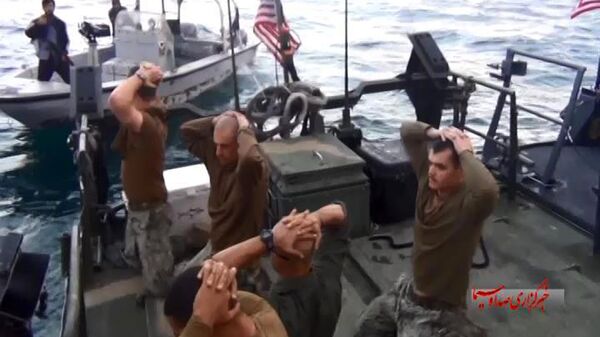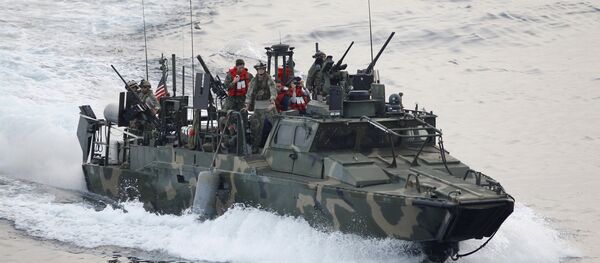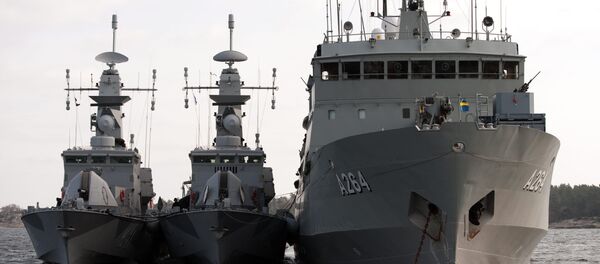Nartker was detained at gunpoint, along with 10 other sailors, on January 12 by members of Iran’s Islamic Revolutionary Guards Corp Navy. He was the highest-ranking officer of those captured, and was documented apologizing for entering Iranian waters, and the video was later broadcast on Iran state television.
In June, Nartker, along with with an unidentified sailor, appeared before Rear Admiral Frank Morneau, commander of the Navy Expeditionary Combat Command, to formally hear charges. During what’s called a "Captain’s Mast," all charges against the unidentified sailor were dropped, while Nartker was informed that he would face disciplinary procedure.
In June, a declassified Navy investigation into the captured ships concluded that Iran violated international law when their navy detained American servicemen at gunpoint, just days before the country’s nuclear accord was implemented.
The executive summary read, "Iran’s boarding and seizure of the [riverine command boats] followed by the interrogation and video recording of the crew clearly violated established norms of sovereign immunity. The [riverine command boat] crews, although not operating in accordance with established US Navy procedures, did act consistently with international law."
The Navy acknowledged that it was "reasonable" to investigate American vessels and soldiers in their waters, but that hindering their passage violated "innocent passage" rights guaranteed under international law. The report also blamed a "poorly led and unprepared unit" of sailors who were "derelict in performing their duties to expected norms and standards."
"They did not review the [plan of intended movement]; they deviated from the [plan of intended movement] without authority," the report stated, "They failed to report the engine casualty to the Tactical Operations Center (TOC); they failed to report the sighting of unpredicted land; and they failed to maintain maneuver while repairing one of the RCB engines."
The report concluded that, "This incident was the result of failed leadership at multiple levels, from the tactical to the operational."





